Raspberry Maroseyka - description of the variety and growing rules
Each gardener seeks to plant an appetizing berry - raspberry - on his own garden plot. There are many varieties of culture, but the raspberry Maroseyka has been popular for many years.
The variety is suitable both for industrial cultivation and for planting in a small area. Fruit culture has a significant list of advantages, but also its own nuances when growing. Therefore, every gardener should carefully familiarize himself with the choice of soil, seedling and plant care methods before planting sprouts.
Content:
- Description of the raspberry variety Maroseyka
- Site preparation, soil and seedling
- Terms and rules for planting a seedling
- Raspberry Care Tips
- Raspberry pruning - terms and rules
- Preparing for winter and hibernation
- Diseases, their signs and methods of treatment
- Pests, their signs and methods of control
- Advantages and disadvantages of the variety
Description of the raspberry variety Maroseyka
Raspberries of the Maroseyka variety were obtained by breeders of the Moscow Institute of Horticulture more than 30 years ago. The Scottish variety became the progenitor of the plant. Through long-term breeding, breeders were able to get the first raspberry in Russia without thorns.
The main emphasis in growing the variety was placed on increasing the yield of the harvest, increasing immunity to diseases and pests. Also, scientists tried not only to improve the volume of the berry itself, but also to increase the taste of the plant, as well as to increase the winter hardiness of the shrub.
Thanks to such efforts, the Maroseyka raspberry is a large shrub with spreading lashes, which in height, under excellent growing conditions, can stretch by 1.4-1.8 m. But at the same time, the bush is considered medium-sized.
The shoots do not have thorns, but are covered with a felt-type bloom.
A distinctive feature of the plant is its ability to release a large amount of root growth. Thanks to this, the plant quickly multiplies on its own, fills the volumetric territory on the site. The variety is considered early. On each shoot, where peduncles are formed, at least 15-20 berries, large in size, are formed. Each fruit is elongated, weighing up to 5.6 grams. The aftertaste of raspberries is sweet and sour, the pulp is tender and juicy. Raspberries are considered a dessert variety with a pleasant aroma.
Fruits are light red in color, but with a slight bluish tint. When ripe, they are easily separated from the stalk. They are dense in their external structure, so they can be transported over long distances. Maroseyka is not of high quality root system: all its roots are located on the surface. Therefore, it requires frequent watering and does not tolerate drought.
In order for the crop to be stable and juicy, it is recommended to apply nutrient moisture more often. Thanks to this, a crop from one bush can yield up to 5 kg of net weight. The variety is recommended for different purposes: freezing, drying, making jam or jam, making compote or making wine.
Site preparation, soil and seedling
Before planting a sprout, you will need to choose the optimal place, prepare the site and choose a high-quality seedling. It is recommended to follow the basic rules:
- Location - the variety of fruit crops loves an abundance of sunlight, but also tolerates living in the shade. Due to the fact that the bush tends to stretch upward, then until the lashes reach their maximum sizes, it is worth thinking about backwaters. Therefore, it is required to connect a support, an arch or dig in a number of stakes. Otherwise, the branches will stretch out, become brittle and break easily.
- Neighborhood - the raspberry tree must be positioned so that neighboring plants or fruit trees. And also the buildings did not cast a shadow on the plant, then the volume of the harvest may decrease or be small in size, as well as sour in taste.
- Soil - it is recommended to choose a fertile substrate. If there is none, then it is better to pre-feed the earth with nutrients of both organic and mineral types. In addition, it is worth making sure that there is high-quality drainage under the roots of the plant.
It is worth avoiding places where melt water collects, moisture accumulates, and groundwater is located close to the surface. Maroseyka, although she loves an abundance of moisture, does not tolerate stagnation. Although the plant is considered a shrub with increased immunity, it is worth choosing such a location so that the raspberry tree is on the south side, sheltered from the piercing north wind and cold drafts by a fence or structure.
Before planting, it is required to check the acidity of the soil - it must be neutral. If there is an increased volume of soil with an acidic environment on the personal plot, it will be necessary to introduce 0.15-0.3 kg of dolomite flour, lime or cement dust per 1 m2. This is necessary to bring the pH of the medium to normal.
You can plant a plant both in the autumn and in the spring. In the first case, the sprouts are recommended to be placed in a permanent place of residence 30-45 days before the onset of a cold snap. This is required so that the sprout has time to fully root in a new place and prepare for wintering by releasing adventitious rhizomes. In spring, it is recommended to plant only after the onset of warm days, when the snow has completely melted.
More information about how raspberry Maroseyka looks like can be found in the video:
Depending on the period in which the seedling will be planted, it is recommended to plan preparatory work. If rooting is carried out in the spring, then soil preparation will be required in the fall. If the plant is planned to be rooted in October, then it is worth tidying up the site in 1 month. First of all, in the selected area, it is necessary to remove all debris, stones, parts of the rhizomes of other plants. The territory is dug up on a shovel bayonet. For raspberries, the ideal amount of soil cultivation is 30 cm, while the soil is immediately fertilized. Potassium substances and superphosphates are added to it, 40 and 50 grams each. respectively.
If planting is carried out in the fall, it is recommended that you first dig up the soil together with organic substances: chicken droppings, humus, compost or mullein... You can also add wood ash... The last step before planting a sprout will need to choose a high-quality seedling. When purchasing, it is recommended to carefully examine the root system and the ground part. If there are damaged areas or rot, then such sprouts should not be purchased. It is necessary to give preference to seedlings with a well-developed root system.
It is necessary to check the sprout for freshness - lift the upper part of the bark with a fingernail. If it is green, then the seedling is good, if it is brown, then the plant is dead. Before planting, the selected seedling should also be prepared: inspect for dry tips on the rhizomes.All dry areas are removed with a sharp garden tool, and sprinkled on top with crushed activated carbon or wood ash. After the roots, it is recommended to set it in liquid for a couple of hours, and then move the seedling into a clay mash. Only after that, the plant is placed in a prepared hole in the ground.
Terms and rules for planting a seedling
The plant can be planted both in autumn, in early October, as well as in spring. Preparing the soil before planting should take place at least 1 month before the planned event. During this period, the introduced nutrients have time to decompose, and the soil safely absorbs them.
Before planting, in 2-3 days it is worth preparing a recess in the ground, the depth of the ditch should be approximately 30-35 cm, and the distance between the nearest seedlings should be left up to 1-1.5 m.This territory is necessary because of the spreading lashes, and also, so that it is convenient to handle the planting and carry out proper care.
Between the rows, a width of 2-2.5 m will be sufficient.
The wide distance will allow shrubs to grow in breadth without interfering with neighboring plants, and also without intertwining branches with each other. This will greatly facilitate the possibility of harvesting, and will also have a beneficial effect on the ventilation of the shrubs.
When planting, the seedling must be cut by 45-50 cm. This is required so that neither the extra shoots on the bush, nor the berries pull nutrients, and all the force will be directed to rapid rooting.
Planting raspberries Maroseyka is carried out according to the standard scheme:
- The hole is dug in a volume equal to the root system.
- At the bottom, it is necessary to lay out drainage: broken brick or crushed stone so that water does not stagnate in the roots.
- When planting a plant, it is necessary to straighten the rhizomes and fill up the soil so that all cavities are filled with earth, so that there are no voids.
- Immediately after rooting, the planted sprout should be watered abundantly.
Raspberry Care Tips
A sapling planted in the first year will not yield a harvest, only the next season the plant can please with the first mouth-watering berries. For active growth, the shrub in the early years will require abundant fertilizing. Initially, it is worth introducing nitrogen and phosphorus, later connecting potassium, which is contained in wood ash.
Watering, although abundant is needed, but it is also worth controlling: do not overflow and do not provoke stagnation of moisture near the roots. Therefore, it is worth carrying out the introduction of nutrient moisture as needed. If the summer is hot, then watering is carried out daily after sunset.
Irrigation is not recommended in rainy weather.
Due to the fact that the Maroseyka raspberry plant has a shallow root system, it does not tolerate drought. Therefore, so that the soil does not dry out quickly, it is recommended from above grind the surface... For this, straw is most often used, as well as agrofibre.
Raspberry pruning - terms and rules
Removal of excess growth must be carried out at different points in the growing season:
- Autumn pruning is required to remove young and weakened shoots that will not be able to withstand winter frosts normally and will additionally pull nutrients from the root system.
- In the fall, sanitary pruning is also carried out - all shoots beaten by parasites and diseases, broken by the load of fruits or by weather conditions of the whip are removed. Dry branches are also eliminated.
- In the spring, pruning of bushes will be required in order to clear and thin out the growth: only powerful, viable shoots are left.
In each shrub, no more than 6 powerful replacement shoots must be left. To increase the volume of the shrub, at a height of 1 m, the upper point of growth is pinched. Thanks to this, a massive shrub grows from the side buds, giving a much larger yield.
Preparing for winter and hibernation
Maroseyka tolerates the winter cold and a slight cold snap well, but frosts exceeding -30 C are destructive for the plant.Therefore, the northern regions are taking measures to shelter the bushes before the winter cold. The bush should be covered no later than the first days of September. This is due to the fact that at a later time, when the first frosts begin, the branches will become brittle, and it will be problematic to cover them.
Initially, the branches are pruned, and root shoots are also subject to removal.
After that, the whole bush is tied up and an armful and bends down to the soil as much as possible. It is recommended to cover the bunches of raspberries with spunbond, sawdust, straw or pine branches from above. You can also use any other material.
If the region is distinguished by an abundance of snow, then the branches bent to the ground should simply be covered with snow after it falls. It will protect the plant from freezing temperatures and freezing of rhizomes.
Diseases, their signs and methods of treatment
Usually raspberry Maroseyka does not differ in the frequent manifestation of diseases, the plant is resistant to diseases. But with improper cultivation and care conditions, the shrub tends to become infected with the following ailments presented in the table.
| Disease | Signs |
| Purple spot | A fungal-type disease, rectangular purple veins appear on the stems. Foliage, buds, stems, leaf stalks are affected. |
| Powdery mildew | Occurs in high humidity, shaded and dense plantings. At the end of the shoots, a whitish, delicate wax is formed, gradually filling the entire surface of the leaf. |
| Anthracnose | Formed due to lack of watering. Small spots with a format of 1-3 mm are formed on any surface of the plant. they have a grayish tint and a purple border around the circle. |
| Rust | They appear on the upper leaves in the form of small orange tubercles. Then the affected area becomes brown, covered with light sores. |
| Chlorosis | A viral disease, manifested by yellowing of the foliage during the fruiting period. |
| Cancer pathology of rhizomes | It provokes the formation of a tumor with a volume of a walnut on the rhizomes. In the absence of treatment and elimination of the diseased plant, the neoplasms disintegrate after 1-2 years, infecting all the soil and other plants around. |
To prevent diseases, you will need to take preventive measures, and also not to injure the root system. It is worthwhile to carefully loosen, and also not to grow raspberries for 7 or more years in the same area. Return to the old territory should be carried out not earlier than after 4 years.
In order to prevent the formation of diseases, it is worth spraying shrubs with such chemicals as:
- Copper oxychloride.
- Oxyhom.
- Bordeaux liquid 1%.
- Hom.
- Abiga Peak.
If spraying is carried out in rainy weather, it is recommended to repeat the procedure after 10-14 days.
Pests, their signs and methods of control
In addition to diseases, plants can be affected by parasitic individuals. There are several types of pests that most often affect leaf plates, stems, rhizomes and raspberry berries.
| Pest | Signs |
| Stem gall midge | A fly settles on the plant, up to 2 mm in volume with transparent wings and a brownish back. She lays larvae, which damage the structure of the stems. |
| Walnut | Damages the structure of the stems, laying off larvae that feed on tissues, provoking crackling of the bark and forming swellings. |
| Aphid | Attacks plants that are placed in shaded areas. Pests colonize shoots and forming buds, provoke twisting of leaf plates, block growth, and stimulate curvature of shoots. |
| Weevil | Eats up pedicels, depriving them of buds and ovaries. |
| bug | Up to 4 mm in size. They feed on plant nectar and flower anthers. |
For pest control, spraying with Fufanon, Alatar, Inta-Vir, Aktellik or Iskra-M is carried out. It is recommended to irrigate either before flowering or after flowering, during the period of berry formation.So it is more likely to eliminate pathogenic insects and preserve the productivity of the shrub.
More information about the correct cultivation of raspberries can be found in the video:
Advantages and disadvantages of the variety
Usually raspberry Maroseyka is valued by gardeners, it has a number of positive advantages, with a small list of disadvantages. Its main advantages are as follows:
- Significant volumes of the harvested crop.
- Distinctive taste of berries.
- Large berry sizes.
- The ability to transport the harvested crop.
- Used to prepare various blanks.
- The variety is unpretentious in terms of care.
- No thorns on the stem.
- Withstands frosts up to -30 C.
But there are also minor downsides. The shrub is distinguished by its large volumes, its spreading lashes grow up to 1.8 m in height. Therefore, they must be tied up. With prolonged cultivation in one place, the berries gradually become smaller. If you grow the plant in the northern regions of Russia, you will need additional shelter for the winter.
Also a disadvantage is the abundant growth next to the main bush, which is necessary for replacement. The root system located on the surface constantly requires watering. In the absence of irrigation, raspberries dry out easily and die.
Thus, although Maroseyka is the most common variety for growing raspberries, it also has its own nuances, both when growing and when planting. It is recommended that you familiarize yourself with all the features and choose the best option before purchasing seedlings.



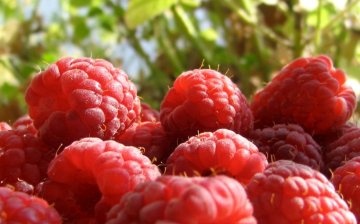
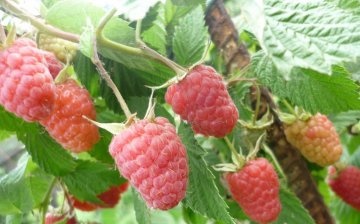
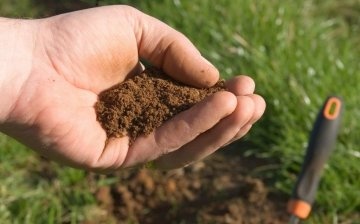
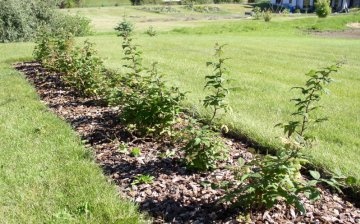
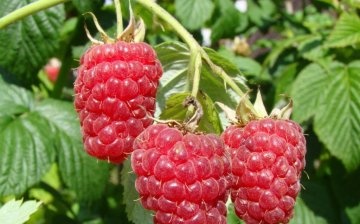
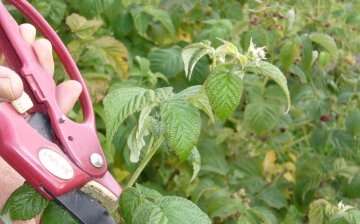
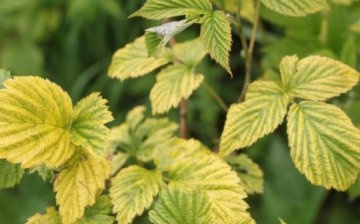
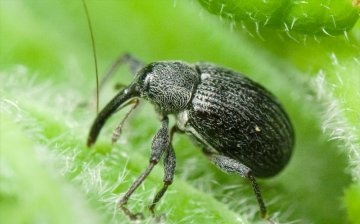








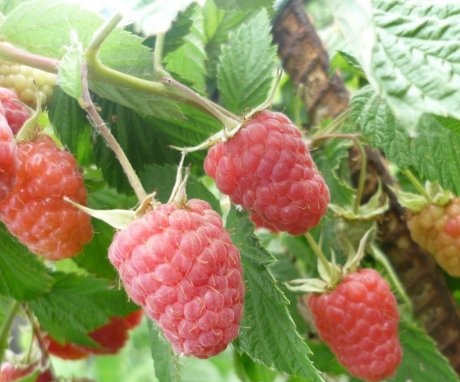
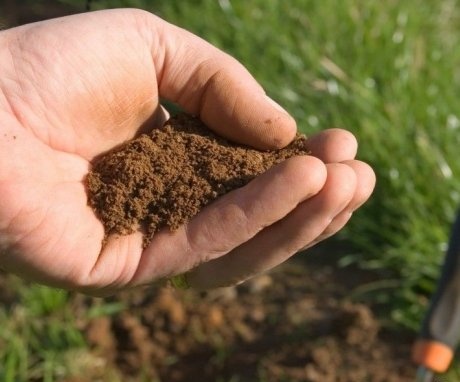
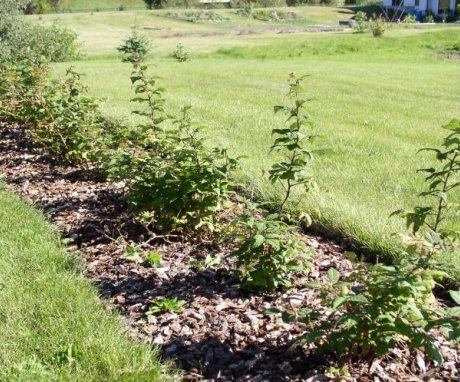
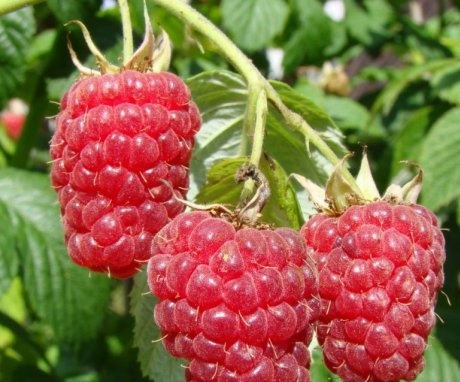
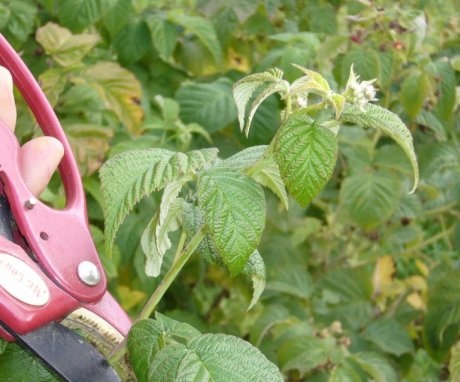
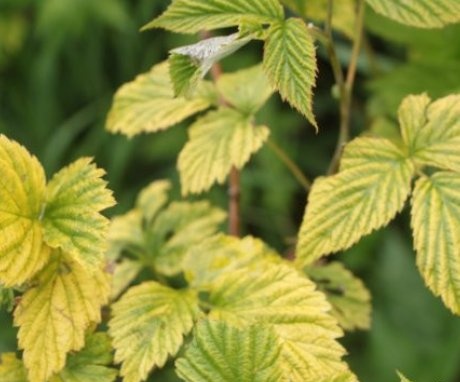
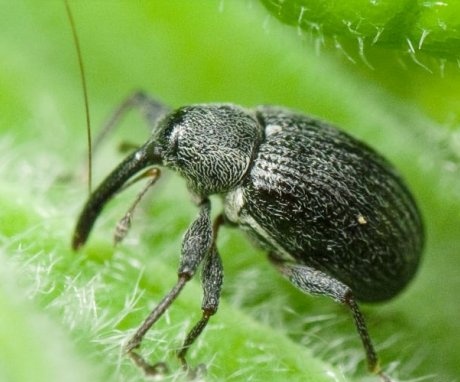
If this is the variety that I think (similar to ours it grows in the garden), then the fruits are large, there are a lot of them on the bush, but not tasty, they have a sour taste that not everyone will like.